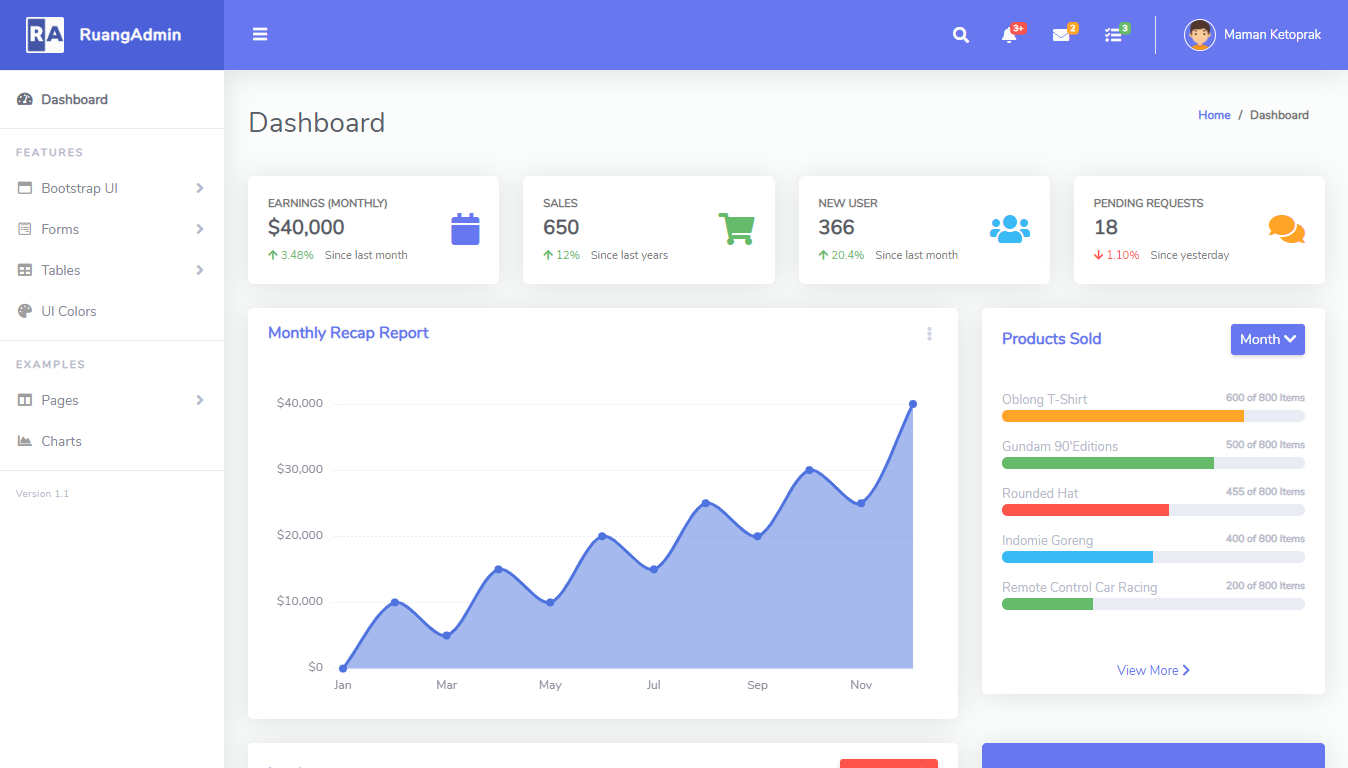How to compress dataset to byte array in C#
By Tan Lee Published on Aug 29, 2024 706
A commonly used library is System.IO.Compression, which provides classes for compression and decompression using GZip or Deflate algorithms.
The System.IO.Compression namespace includes classes for compressing and decompressing files and streams, as well as for reading and modifying compressed file contents.
ZipFile: Provides static methods for working with ZIP archives, such as creating, extracting, and updating ZIP files.ZipArchive: Represents a ZIP file, allowing you to read, create, and modify entries within a ZIP archive.ZipArchiveEntry: Represents a single entry (file or directory) within a ZIP archive.DeflateStream: Provides compression and decompression using the DEFLATE algorithm for streams.GZipStream: Supports compression and decompression using the GZIP algorithm for streams.
In .NET, you can use GZip and Brotli compression methods to reduce the size of string data. This helps improve performance by optimizing storage and reducing data transfer times, making applications more efficient and faster.
How to compress dataset to byte array in C#
For example, compresses a Dataset object using the GZipStream class and serializes it to a byte array.
public static byte[] Compress(Dataset ds)
{
// Creates a memory stream to hold the compressed data.
using (var ms = new MemoryStream())
{
// Creates a GZipStream that writes compressed data to the memory stream.
using (var gzip = new GZipStream(ms, CompressionMode.Compress, true))
{
// Creates a BinaryFormatter to serialize the Dataset object into a binary format.
var formatter = new BinaryFormatter();
formatter.Serialize(gzip, ds); // Serializes the Dataset (ds) to the GZipStream (gzip), which writes the compressed binary data to the memory stream.
}
return ms.ToArray(); // Converts the memory stream's contents into a byte array and returns it.
}
}To compress dataset to byte array you can use GZipStream to compress the serialized byte array.
The BinaryFormatter class is now considered obsolete due to security risks. It's recommended to use other serialization methods like JsonSerializer for JSON or XmlSerializer for XML, or consider using System.Text.Json for binary serialization.
For example, use the JsonSerializer to serialize the Dataset object to a JSON string and then compress the resulting byte array using GZipStream.
using System.IO;
using System.IO.Compression;
using System.Text.Json;
public static byte[] Compress(Dataset ds)
{
using (var ms = new MemoryStream())
{
using (var gzip = new GZipStream(ms, CompressionMode.Compress, true))
{
var json = JsonSerializer.Serialize(ds);
var jsonBytes = System.Text.Encoding.UTF8.GetBytes(json);
gzip.Write(jsonBytes, 0, jsonBytes.Length);
}
return ms.ToArray();
}
}How to decompress byte array to dataset in C#
To decompress the byte array to dataset, you need to decompress using GZipStream, and then deserialize back into a DataSet.
For example:
public static Dataset Decompress(byte[] data)
{
// The compressed byte array data is used to initialize a MemoryStream that allows reading the compressed data.
using (var ms = new MemoryStream(data))
{
// Creates a GZipStream to decompress the data from the MemoryStream.
using (var gzip = new GZipStream(ms, CompressionMode.Decompress))
{
// A BinaryFormatter is used to deserialize the decompressed byte stream back into the original object, in this case, a Dataset.
var formatter = new BinaryFormatter();
return (Dataset)formatter.Deserialize(gzip);
}
}
}The Deserialize method of the BinaryFormatter is used to convert the decompressed byte stream back into a Dataset object. It assumes the Dataset object was previously serialized with the BinaryFormatter.
You can also use the System.Text.Json for serialization and deserialization, which is more secure and recommended for modern .NET applications:
using System.IO;
using System.IO.Compression;
using System.Text.Json;
public static Dataset Decompress(byte[] data)
{
using (var ms = new MemoryStream(data))
{
using (var gzip = new GZipStream(ms, CompressionMode.Decompress))
{
// Read the decompressed data into a byte array
using (var decompressedStream = new MemoryStream())
{
gzip.CopyTo(decompressedStream);
byte[] decompressedData = decompressedStream.ToArray();
// Deserialize the JSON data back into a Dataset object
var jsonString = System.Text.Encoding.UTF8.GetString(decompressedData);
return JsonSerializer.Deserialize<Dataset>(jsonString);
}
}
}
}The GZipStream decompresses the byte array. We use gzip.CopyTo(decompressedStream) to copy the decompressed data into a new MemoryStream. This ensures we can then access the decompressed bytes.
The decompressed bytes are converted back into a string using UTF8 encoding, and then the JsonSerializer.Deserialize<Dataset> method is used to convert the JSON string back into a Dataset object.
This example provides a simple way to compress and decompress a DataSet using built-in .NET libraries. By using the System.Text.Json, you can ensure that the serialization and deserialization are done in a secure and efficient manner.





